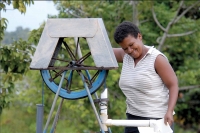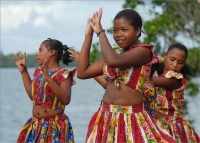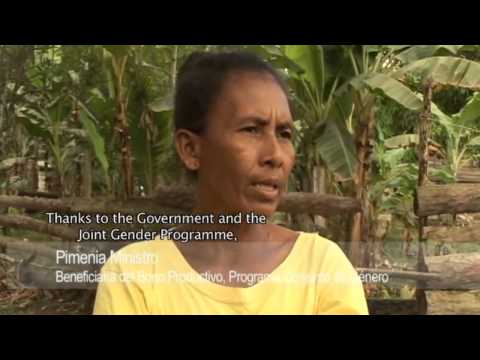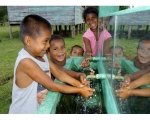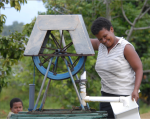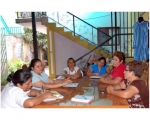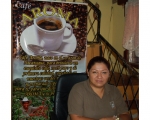

Nicaragua
The Americas
Nicaragua
Capital Managua
Population 5.8 million
Life Expectancy 71.5
Access to clean water 79%
Adult literacy 67.02%
Under five mortality 25.5 per 1,000 live births
GDP per head (US$ PPP) $2,900
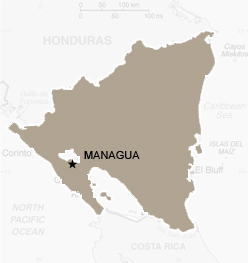
-
Country Fact Sheet
 This Fact Sheet summarizes the key achievements of the Joint Programmes in Nicaragua.
This Fact Sheet summarizes the key achievements of the Joint Programmes in Nicaragua.
Nicaragua Joint Programmes Fact Sheet.pdf (211 KB)
